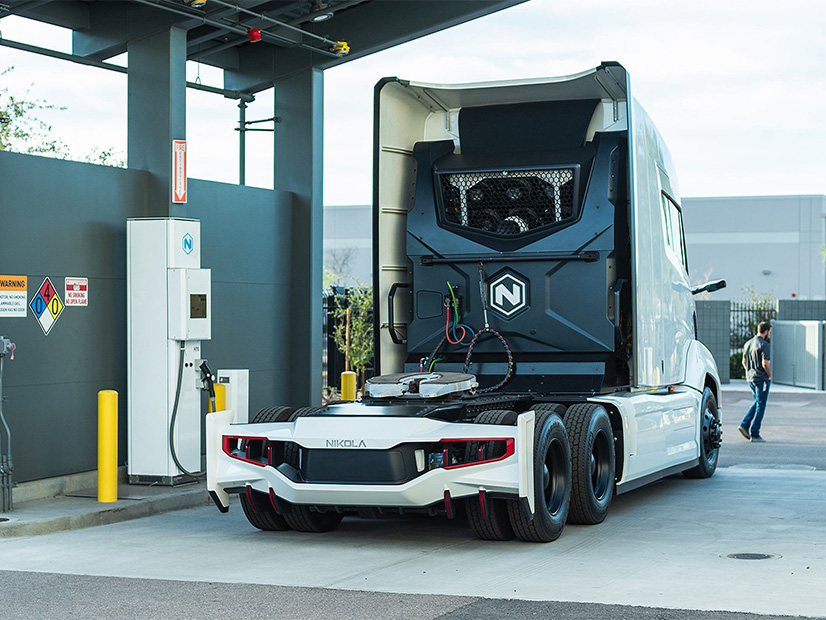A program described as a first-of-its-kind incentive for medium- and heavy-duty ZEV infrastructure in California is now accepting applications for hydrogen fueling projects.
The program, called Energiize, opened the application period on June 30. The deadline to apply is July 14 at 5 p.m.
The competitive funding round will award a total of $17 million in incentives. The incentives will cover up to half the cost of a hydrogen fueling station project, helping to pay for equipment such as hydrogen dispensers, piping and point-of-sale systems.
The maximum incentive is $3 million. But so-called Jump Start projects are eligible for incentives covering 75% of costs, up to a maximum of $4 million.
Applicants potentially eligible for Jump Start include small businesses, certified minority businesses and veteran-owned small businesses. Public transit or school district projects built in disadvantaged communities may also qualify.
The program is open to commercial fleet or vehicle operators, or vendors applying on their behalf. The project may be a new fueling station or expansion of an existing station.
Speeding Infrastructure Roll-out
Energiize, whose full name is Energy Infrastructure Incentives for Zero-Emission Commercial Vehicles, is being funded by the California Energy Commission.
In March 2021, the CEC selected CALSTART to design and run the program. Energiize has a total authorized allocation of $276 million through 2026.
The CEC described the program as a first-of-its-kind project intended to speed the deployment of medium- and heavy-duty ZEV infrastructure to accommodate future ZEV fleets.
Energiize will help the state meet the goals of an executive order that Gov. Gavin Newsom issued in September 2020, requiring all medium- and heavy-duty vehicles in the state to be zero-emission by 2045, where feasible, the CEC said.
Energiize opened its first round of funding in March. Called EV Fast Track, the incentives were aimed toward charging infrastructure for commercial fleets of medium- and heavy-duty battery-electric vehicles.
The EV Fast Track incentives were offered on a first-come, first-served basis. The $16.24 million in incentives were snapped up within seconds.
The incentives went to nearly 40 applicants across California, to commercial transportation operations including drayage, refuse, school bus and delivery services. And 85% of applicants qualified for the larger Jump Start incentive, CALSTART said in a release.
In addition to the EV Fast Track and hydrogen fueling funding lanes, Energiize will offer incentives this year for public charging infrastructure and EV Jump Start applicants.
Application Process
EV Fast Track is the only Energiize funding lane that is first-come, first-served. Incentives in the other lanes, including hydrogen fueling, will be awarded on a competitive basis.
A recent CALSTART webinar explained the application and scoring process for hydrogen fueling infrastructure incentives.
Applicants must submit information including proof that they’ve met the project’s first “critical milestone,” which is securing the project site through means such as an easement or executed lease.
Applicants must provide confirmation from the local utility that the site is prepared to receive the energy needed for the infrastructure project.
Applicants must also answer three “qualitative” questions. The first asks how the infrastructure will target medium- and heavy-duty ZEVs, and how the operator plans to get the most use out of it over time.
The applicant is asked to detail community buy-in and support for the project. The third question is about benefits the project will provide for local residents, such as paid workforce development opportunities, expanded transit service or hydrogen fueling discounts.
Incentive recipients will be required to operate the equipment in California for at least five years.
“This is a big investment,” said Amy Gower, a CALSTART lead project manager. “We want to make sure that this infrastructure is in the ground for as long as possible.”

